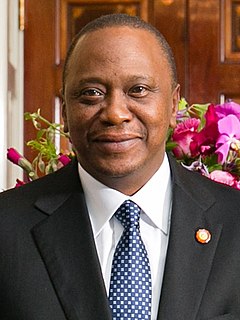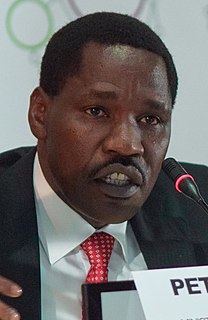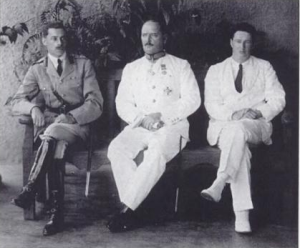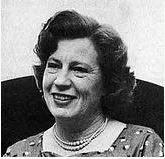 |
|---|
| This article is part of a series on the politics and government of Kenya |
|
| Foreign relations |
Economic schemes |
General elections were held in East Africa Protectorate (modern Kenya) in March and April 1920, the first elections in the country. [1] The Legislative Council had previously consisted entirely of appointed members. The new Council consisted of 11 elected white members, two appointed members representing the Indian population and one appointed member representing the Arab population, as well as a number of appointees by the Governor. [1] This allowed the Council representative, although not responsible government. [1] The territory became Kenya Colony on 23 July.

East Africa Protectorate was an area in the African Great Lakes occupying roughly the same terrain as present-day Kenya from the Indian Ocean inland to Uganda and the Great Rift Valley. Although part of the dominions of the Sultanate of Zanzibar, it was controlled by Britain in the late 19th century; it grew out of British commercial interests in the area in the 1880s and remained a protectorate until 1920 when it became the colony of Kenya, save for an independent country 16-kilometre-wide (10 mi) coastal strip that became the Kenya protectorate.

Kenya, officially the Republic of Kenya, is a country in Africa with 47 semiautonomous counties governed by elected governors. At 580,367 square kilometres (224,081 sq mi), Kenya is the world's 48th largest country by total area. With a population of more than 52.2 million people, Kenya is the 27th most populous country. Kenya's capital and largest city is Nairobi while its oldest city and first capital is the coastal city of Mombasa. Kisumu City is the third largest city and a critical inland port at Lake Victoria. Other important urban centres include Nakuru and Eldoret.

The Legislative Council of Kenya (LegCo) was the legislature of Kenya between 1907 and 1963. It was modelled on the Westminster system. It began as a nominated, exclusively European institution and evolved into an electable legislature with universal suffrage. It was succeeded by the National Assembly in 1963.
The eleven White members were elected in single-member constituencies of Nairobi North, Nairobi South, Mombasa, Coast, Lake, Rift Valley, Plateau North, Plateau South, Kenya, Ukamba and Kikuyu. [1]
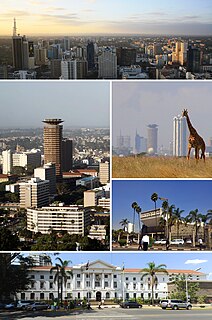
Nairobi is the capital and the largest city of Kenya. The name comes from the Maasai phrase Enkare Nairobi, which translates to "cool water", a reference to the Nairobi River which flows through the city. The city proper had a population of 3,138,369 in the 2009 census, while the metropolitan area has a population of 6,547,547. The city is popularly referred to as the Green City in the Sun.
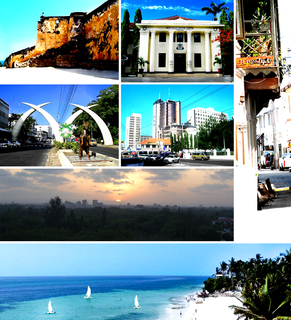
Mombasa is a seaport city on the coast of Kenya, along the Indian Ocean. It is the country's oldest and second-largest city, with an estimated population of about 1.5 million people in 2017. Its metropolitan region is the second largest in the country and has a population of approximately 3 million people. Administratively, Mombasa is the county seat of Mombasa County.

The Coast Province of Kenya, along the Indian Ocean, was one of Kenya's eight provinces. It comprises the Indian Ocean coastal strip with the capital city at Mombasa and was inhabited by the Mijikenda and Swahili, among others. The province covered an area of 79,686.1 km² and would have had a population of 3,325,307 in 2009.

